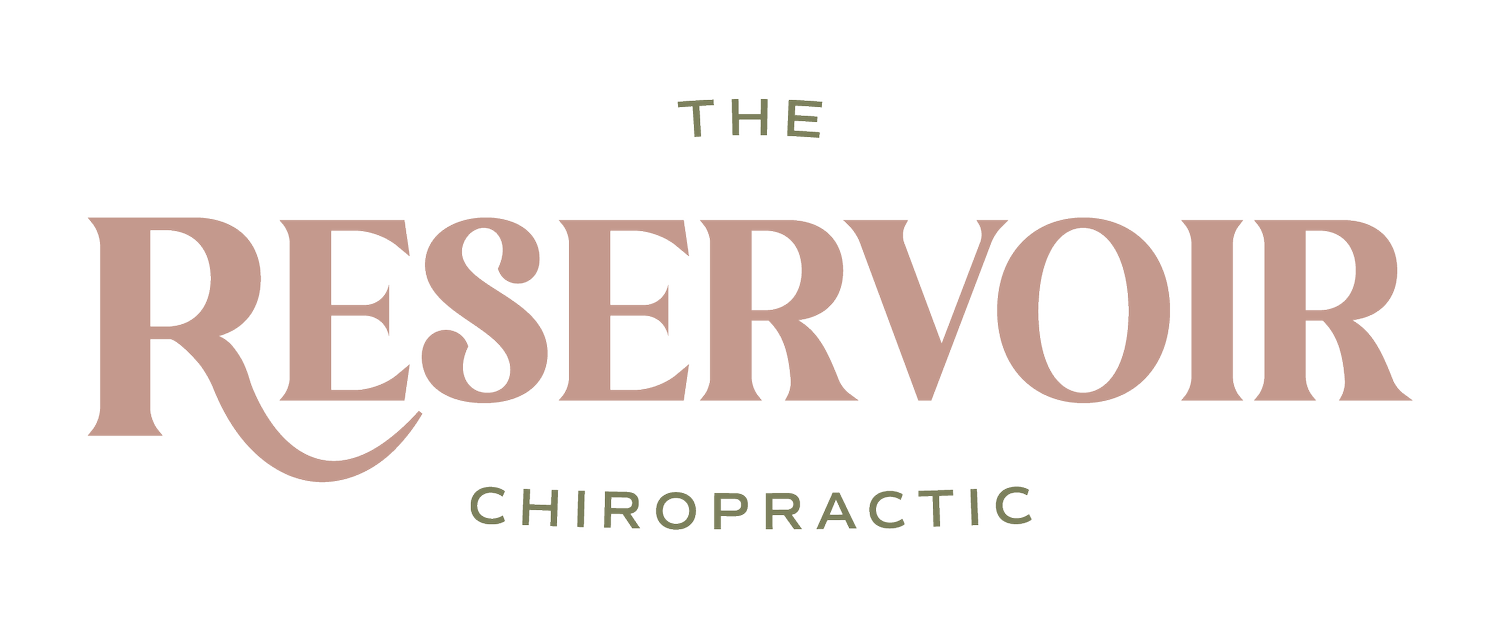Breech Babies & Prenatal Chiropractic
Hi friend,
If you’re reading this you’ve probably been told your baby (or babies) is breech and you want to do something about it. Most likely, you have your heart set on a vaginal delivery, whether it be at home, a birth center or in the hospital. Unless you’re one of the lucky mamas who lives in a state that understands this is often a normal variation of baby positioning & allows vaginal birth, this news has the potential to derail your entire birth plan and lead to a c-section or other complications. I know how discouraging that can feel, so below I’ll provide some information and resources that will give you some hope and empowerment over your birth outcomes.
You’ve already taken the first step towards empowerment, you’re here! You’re reading up on ways that you can be proactive and take action to optimize your baby’s position. Your mama bear instincts are already kicking in and, for that, you should be proud!
Let’s get into it—first, what is breech?
Breech presentation refers to when the fetus is positioned with the buttocks or lower extremity entering the pelvis first, rather than the head. There are 3 types of breech presentation:
Frank breech- baby’s hips are both flexed and the legs are straight with the feet near their face, in a pike position
Complete breech- baby’s hips are both flexed and both legs are in a tucked position
Incomplete breech- any combination of one or both hips extended aka footling (one leg extended) or double footling (both legs extended)
**It is important to note, fetal presentations are considered to be unstable/fluctuating until 35-36 weeks. It’s normal for the fetus to present breech in the 2nd trimester and spontaneously invert sometime in the third trimester.
What causes breech presentation?
The true cause is multifactorial and unknown at this time but we know that there are common related factors that increase the likelihood of a breech presentation. These common factors include:
Mother has had more than one pregnancy
More than one fetus (twins or more) in the uterus
The uterus holds too much or too little amniotic fluid
The uterus is not normal in shape or has abnormal growths (fibroids)
The placenta partly or fully covers the opening of the uterus (placenta previa)
Baby is unable to turn itself for some reason (anatomically short umbilical cord, etc)
Congenital anomalies
Things you can do that may help turn baby include:
Acupressure/acupuncture
Homeopathy
Breech tilt technique and other positioning techniques that can be found on the Spinning Babies website
External cephalic version (ECV)- usually scheduled between 2-3 weeks prior to delivery and is done in conjunction with ultrasound, electronic fetal heart monitoring and a uterine relaxant. This is recommended as a last ditch effort due to the associated risks and complications like fetal-maternal bleeds, placental separation, ruptured membranes, etc and is reported to be pretty uncomfortable
Temperature- your baby may respond to temperature so you can place something cold at the top of your belly where baby’s head is and something warm at the bottom of your belly
Music- baby can respond to sound and music in utero, so try placing a speaker or headphones at the bottom of your belly
Posture/pelvic positioning- sitting on a pregnancy ball to open the pelvis up; avoid sitting postures on couches or chairs that cause you to slouch and compress the sacrum/tailbone
Movement- daily walking, curb walking, lunges, or Spinning Babies exercises
Talk to your baby- speaking encouraging words to your baby helps both of your stress levels, which can decrease tension and optimize positioning; you can even have your partner or someone close to you speak to baby at the bottom of your belly to encourage movement towards the voice
The Webster Chiropractic Technique
The Webster Technique is a specific chiropractic analysis and adjustment that reduces nerve system stress, balances pelvic muscles and ligaments and optimizes the mother’s pelvic + uterine function in pregnancy and birth. Pelvic balance allows the optimal space for the baby to grow throughout pregnancy and line up in the best possible position for birth. It is beneficial to see a prenatal chiropractor as early as possible once the baby is confirmed breech (usually at the 32 week ultrasound/appointment). Prenatal chiropractic care by a chiropractor trained in Webster Technique is safe and there are no known contraindications to spinal and pelvic adjustments.
I hope this brief review of breech presentation helps you feel more in control and empowered about your pregnancy. Your body is highly intelligent and adaptive- listen to it, trust it and support it!
If you want to learn more about Webster Technique and chiropractic care, check out our blog post here.
To find a Webster certified prenatal chiropractor near you, check out the ICPA Directory.
